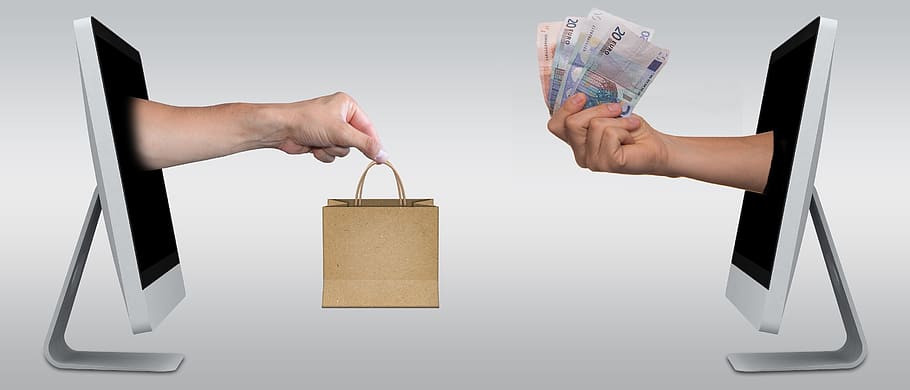
FAQ About Recommerce
What are some innovative technologies used in recommerce?
E-commerce Platforms: E-commerce platforms provide the foundation for online recommerce operations. These platforms facilitate the listing, browsing, and purchasing of pre-owned products. They often include features such as user ratings, product descriptions, and secure payment systems to ensure a smooth and trusted buying experience.
Mobile Apps: Mobile apps dedicated to recommerce have gained popularity, offering users a convenient way to buy and sell used products. These apps often have features like in-app messaging, image recognition for product identification, and location-based services for local transactions.
Artificial Intelligence (AI) and Machine Learning (ML): AI and ML technologies are used in recommerce for various purposes. They can automate product categorization, condition grading, and pricing based on historical data. AI algorithms can also personalize recommendations and match buyers and sellers based on their preferences and product listings.
Blockchain Technology: Blockchain technology can be applied in recommerce to enhance transparency and trust. It can help establish product provenance and authentication, ensuring the traceability and authenticity of pre-owned items. Blockchain can also facilitate secure and transparent transactions, reducing fraud and enhancing customer confidence.
Augmented Reality (AR): AR technology is employed in recommerce to enhance the online shopping experience. By allowing customers to virtually try on clothing or visualize how products fit in their space, AR improves the accuracy of sizing, reduces returns, and enhances customer satisfaction.
Internet of Things (IoT): IoT devices can be integrated into recommerce operations to track and monitor the movement of used products. This allows businesses to streamline logistics, manage inventory, and provide real-time updates to customers regarding the status and location of their purchased items.
3D Scanning and Imaging: 3D scanning and imaging technologies enable accurate and detailed product representations in recommerce. These technologies can capture precise measurements, textures, and colors of pre-owned items, giving potential buyers a comprehensive view of the product's condition and quality.
Reverse Logistics Solutions: Reverse logistics technologies assist in managing the flow of used products from customers back to recommerce platforms or businesses. These solutions help streamline return processes, track shipments, manage refurbishment or repair workflows, and optimize inventory management.
Data Analytics: Data analytics plays a crucial role in recommerce by analyzing customer behavior, market trends, and operational performance. By leveraging data analytics tools, businesses can gain insights into customer preferences, optimize pricing strategies, and identify opportunities for process improvements.
Sustainability Tracking and Reporting Tools: To monitor and report on the environmental impact of recommerce, sustainability tracking and reporting tools are employed. These tools help businesses measure and communicate the positive sustainability outcomes achieved through recommerce, including metrics like carbon footprint reduction and waste diversion.
